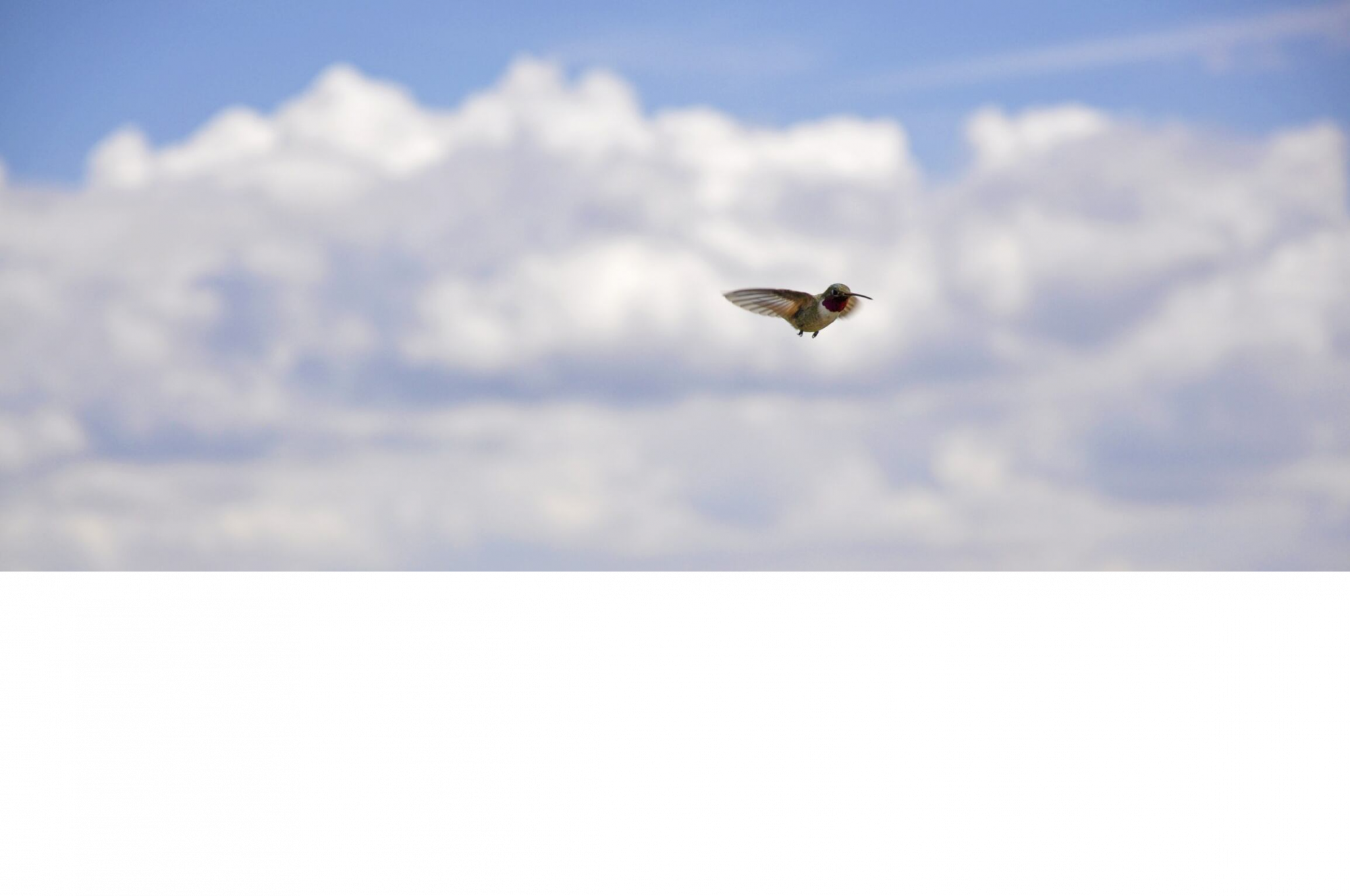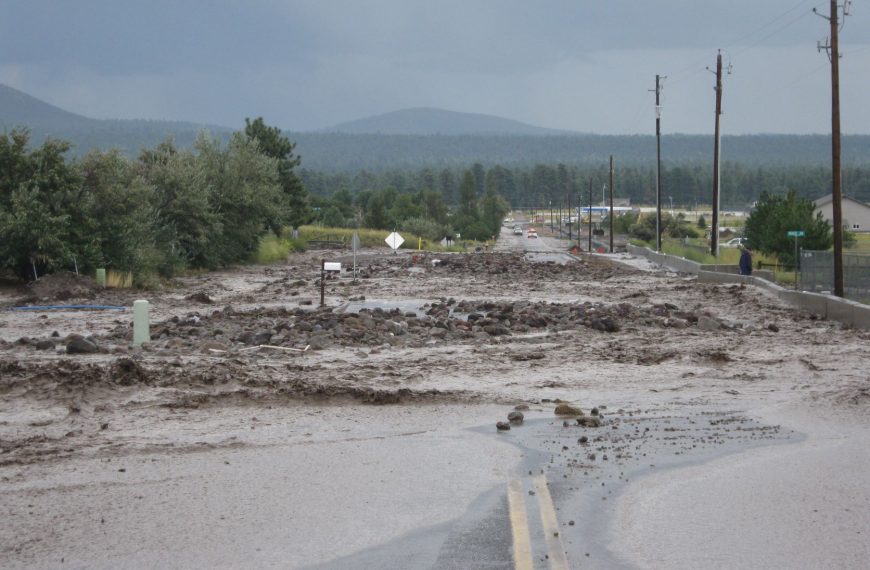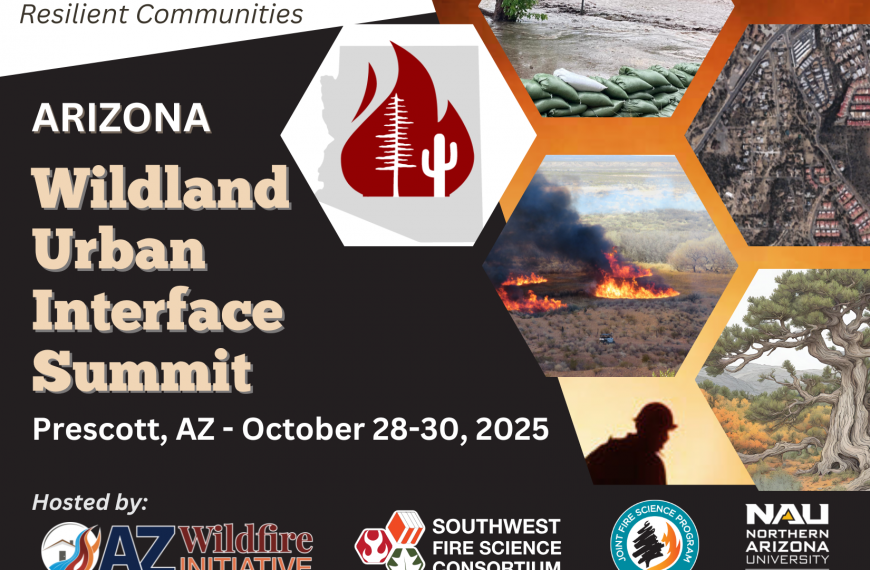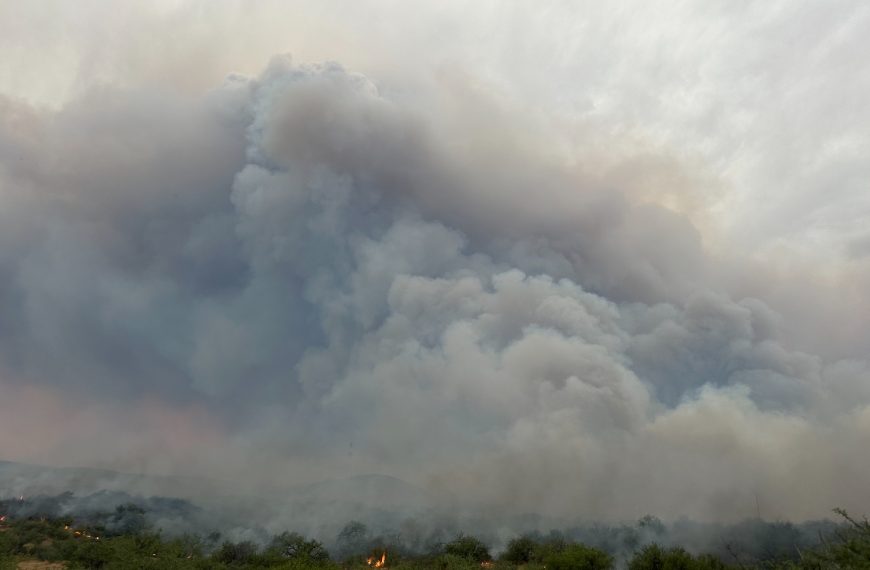In January, the Southwest Fire Science Consortium, USDA Forest Service, Southwest Climate Adaptation Science Center, and many other partners hosted a two-day workshop on the intersection of wildlife and fire. Based on the needs identified in the workshop, this collaborative group is hosting a yearlong series of workshops, webinars, and reports to improve wildlife outcomes in the face of fire and climate change. This series is intended to help researchers and practitioners across fire and wildlife disciplines exchange ideas, tools, and lessons to address the rapid pace and scale of fire management.
- Introductory Workshop
- Webinar #1: Perspectives and Effects
- Webinar #2: From Borders to Biota, Monitoring at Multiple Scales
- Webinar #3: Improving Habitat Management Through Monitoring and Adaptation
- Webinar #4: Understanding Landscape-Scale Impacts and Conservation Through a Single-Species Lens
- Webinar #5: Communication to Improve Wildlife Outcomes
- Related Content
Introductory Workshop
Check out the workshop page here or click the image below for a playlist of workshop recordings :

Webinar #1: Perspectives and Effects
Recorded on : April 9, 2024
Description: In the first webinar of this series, a panel of experts discussed fire effects on wildlife, managing for habitat in controlled burning, and different mindsets in the fire and wildlife discussion, setting the stage for webinars later in the series.
Presenters: Jonathan Grassmick, Director of Ranch Properties, Bobcat Ranch/Rainbow Village, Pueblo of Sandia; Jamie Sanderlin, Quantitative Vertebrate Ecologist, USDA Forest Service Rocky Mountain Research Station; Morgan Tingley, Associate Professor in Ecology and Evolutionary Biology, University of California, Los Angeles
To access the resources mentioned in the webinar, view the webinar page for this episode
Webinar #2: From Borders to Biota, Monitoring at Multiple Scales
Recorded on: May 21, 2024
Description: In the second webinar of this series, a panel of experts will discuss monitoring and collaboration at multiple scales at the intersection of fire and wildlife. Topics include the study of how fire and thinning may impact several important soil organisms that support forested wildlife habitat, large-scale monitoring of border infrastructure impacts on wildlife, stories from habitat recovery within large wildfire footprints, collaborations to manage sage grouse and their habitat, and observations on intra-agency differences coordinating wildlife management and fire recovery. Please join us on May 21 to learn more about monitoring at multiple scales.
Presenters: Jamie Sanderlin, USFS; Kara Gibson, NAU; Kevin Doherty, USFS; Eamon Harrity, Sky Island Alliance; Shaula Hedwall, FWS
To access the resources mentioned in the webinar, view the webinar page for this episode
Webinar #3: Improving Habitat Management Through Monitoring and Adaptation
Recorded On: June 11, 2024
Description: In the third webinar of this series, a panel of experts will discuss informing wildlife habitat management through monitoring and adaptation at the intersection of fire, climate change, and human encroachment. Topics include the how monitoring may be expanded to the big picture – habitat associations, animal distributions across space and time, and the associated changes therein – by harnessing “big data”; monitoring frameworks for addressing vulnerability of wildlife and their habitats to climate change using MSO as an example; using the study of animal movement in response to changing fire regimes to inform conservation and human-wildlife coexistence; and holistic management of wildlife habitat when addressing fuels reduction, especially in pinyon juniper ecosystems. Please join us on June 11 to learn more about informed wildlife habitat management through monitoring.
Presenters: Valerie Stein Foster, Wildlife Biologist, Forest Service Washington Office; Andrew Stillman, Cornell Lab of Ornithology Center for Avian Population Studies; Rachel Blakey, Cal Poly Pomona-Department of Biological Sciences; Josh Goldberg, Pacific Northwest Research Station
To access the resources mentioned in the webinar, view the webinar page for this episode
Webinar #4: Understanding Landscape-Scale Impacts and Conservation Through a Single-Species Lens
Recorded on : September 24, 2024
Description: In the fourth webinar of this series, a panel of experts representing agency, tribal, NGO, and international interests discusses understanding wildlife conservation and landscape-scale impacts of fire in the Southwest through a single-species lens. Topics include the 4th Congressionally mandated national assessment on tribal forestry, which documents how tribes balance the triple bottom line of land stewardship; an iconic case study demonstrating single species management with large impactions for wildland fire and forest restoration; the importance of adopting flexible and regionally-relevant management practices, including various fire management practices, for the conservation of jaguars, a wide-ranging species with the potential to adapt to changing features over a large landscape and across national borders; current research on important pollinators – bees – including their known positive response to intermediate disturbance and the unknowns of their response to increasingly uncharacteristic wildfire; and making the connection between fire, watershed restoration, and bat conservation in the Southwest. Please view the recording to learn more about understanding the intersection of fire and wildlife through a singular species focus with many viewpoints.
Presenters: Dr. Serra Hoagland (Pueblo of Laguna), National Program Lead for Tribal Research for the USDA Forest Service; Juan Carlos Bravo, Associate Director and Conservation Programs Director of Wildlands Network; Dr. Olivia Messinger Carril, teacher at Santa Fe Girls School, researcher, and author; and Daniel Taylor, Senior Restoration Specialist with Bat Conservation International.
To access the resources mentioned in the webinar, view the webinar page for this episode
Webinar #5: Communication to Improve Wildlife Outcomes
Recorded on : October 8, 2024
Description: In the fifth and final webinar of this series, a panel of experts with experience in biology, incident command, prescribed fire, communications, and more will discuss multiple aspects of communication to highlight its importance in improving outcomes for both wildlife and fire impacts. Presenters will discuss how communication between all functional areas is often a critical aspect of successful implementation using the case study of the 2021 Stable Canyon prescribed burn that was completed in occupied Mexican Spotted Owl habitat; the most common challenges in communication between fire and wildlife managers, using first-hand experience to highlight possible solutions for communications improvement; the role of communication in dislodging outdated thinking to connect audiences with a deeper understanding of wildland management including wildlife and wildland fire; and how effective communication skills are integral to a Resource Advisor (READ) successfully minimizing the adverse effects of fire suppression activities and rehabilitation on fish and wildlife. Please join us on October 8 to learn more about the role of communication in wildlife and fire management.
Presenters: Jack Williams (Endangered Species Biologist, USFS), Dr. Joel Iverson (Professor, University of Montana), Julia Camp (District Wildlife Biologist, USFS), and Dennis Carril (Fire Management Specialist, USFS)
To access the resources mentioned in the webinar, view the webinar page for this episode
RMRS webinar series webpage: https://www.fs.usda.gov/research/rmrs/wildlife-and-fire-southwest-webinar-series
This webinar series is co-hosted by the Arizona Wildfire Initiative.
Register for all our webinars and get the zoom link delivered automatically to your inbox each month! You can also unsubscribe at this link. REGISTER FOR ALL WEBINARS HERE.
